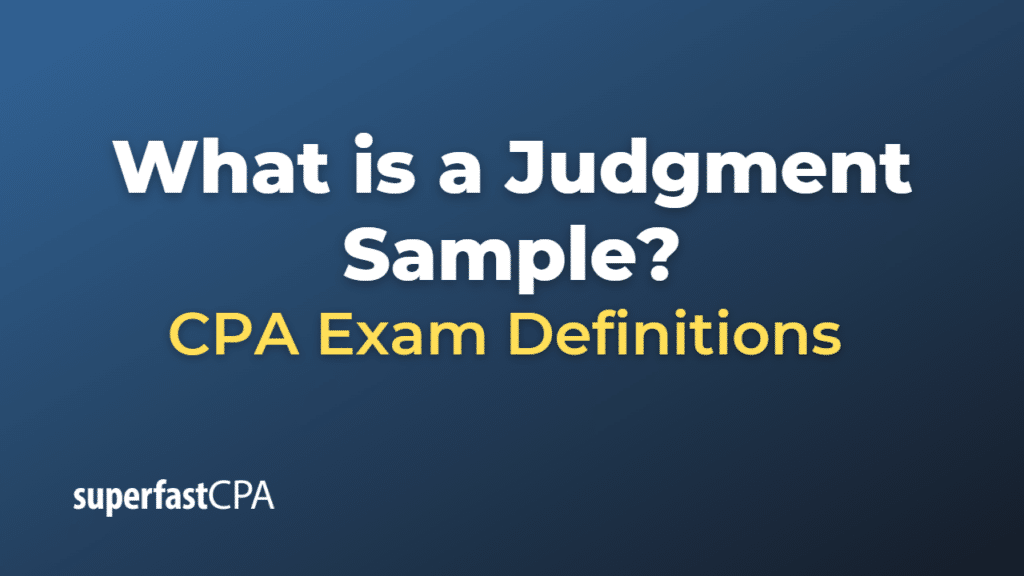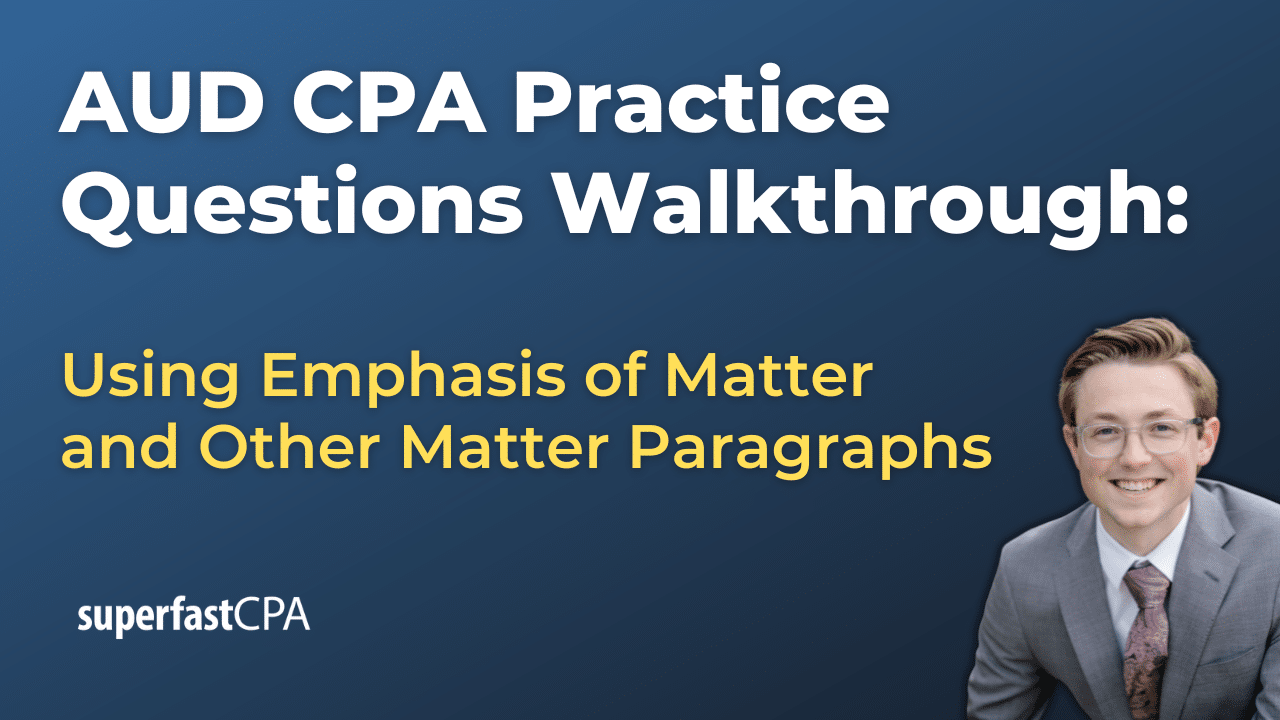Judgment Sample
A judgment sample, also known as a purposive sample or a judgmental sample, is a type of non-probability sampling method where the researcher selects sample members based on their knowledge and professional judgment. This is unlike random sampling where members are chosen completely by chance.
The researcher might choose a judgment sample when specific members of a population have certain characteristics or knowledge that make them of particular interest for the study. For instance, in a study on high-achieving students, a researcher might specifically choose students who have a GPA of 4.0 or above, based on the judgment that these students are particularly relevant to the research question.
While this method allows for targeted, relevant data collection, it can introduce bias since the sample isn’t representative of the entire population and the selection process is based on the subjective judgment of the researcher. This could limit the generalizability of the research findings. Despite these limitations, judgment sampling can be useful in exploratory or qualitative research, or when a specific subset of the population is of interest.
Example of a Judgment Sample
Let’s say a tech startup is developing a new mobile application specifically aimed at professional photographers. They want to understand the needs and preferences of this specific group to make their application as useful as possible.
To do this, they decide to conduct a survey. Instead of randomly selecting smartphone users, they specifically select professional photographers who are using digital equipment and software in their work. This is a judgment sample because they are not randomly selecting from all smartphone users; instead, they’re choosing a specific group based on their professional judgment about who will provide the most relevant and valuable information for their research.
Here, their sample is not representative of all smartphone users, but it doesn’t need to be. Their focus is on professional photographers, and a judgment sample allows them to target this group specifically. This is an example of where judgment sampling can provide relevant, targeted insights, even though it might not provide data that’s generalizable to all smartphone users.














